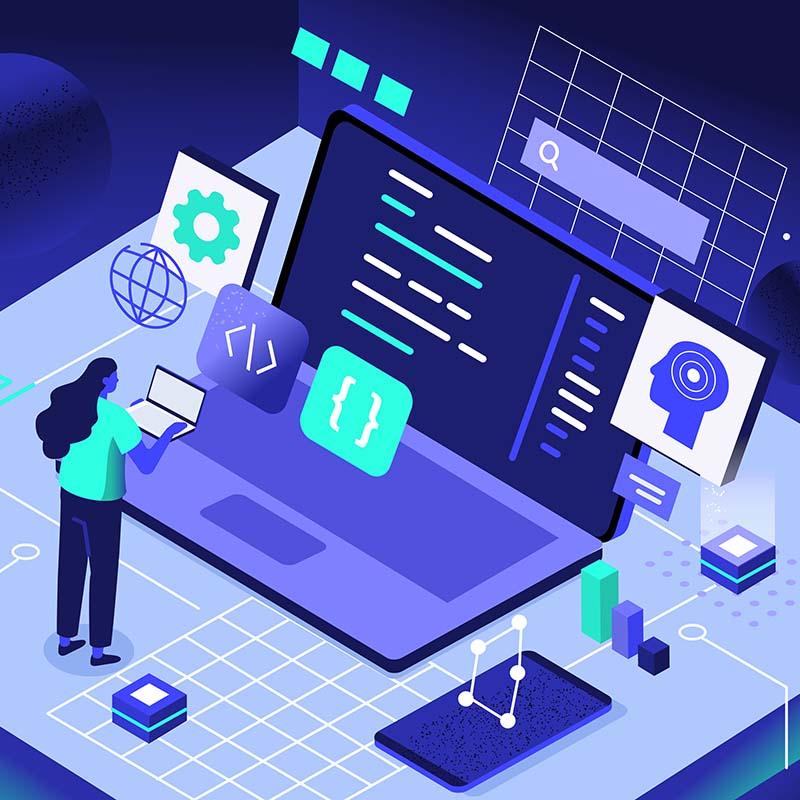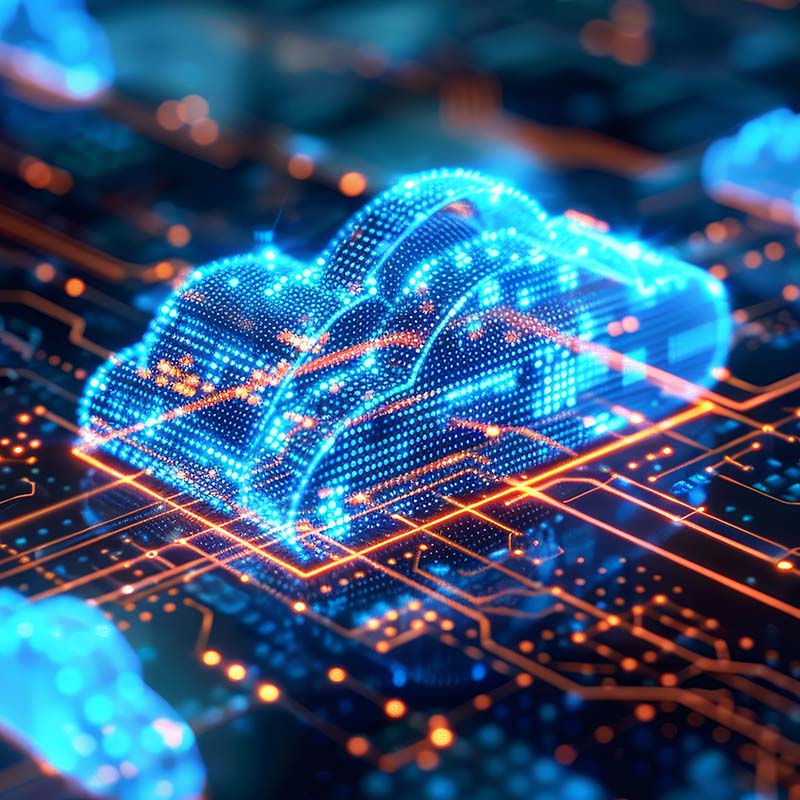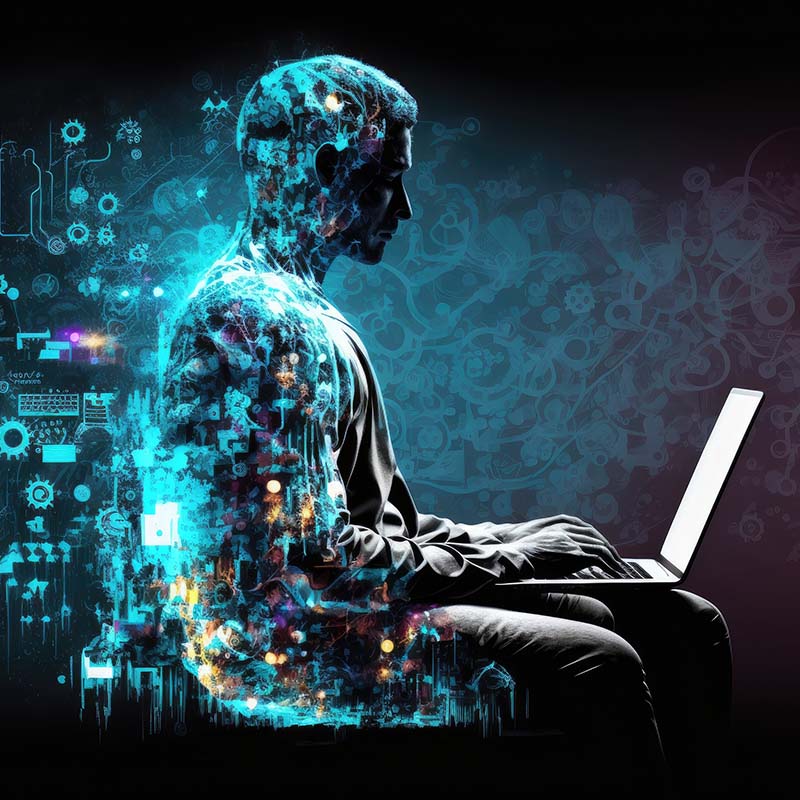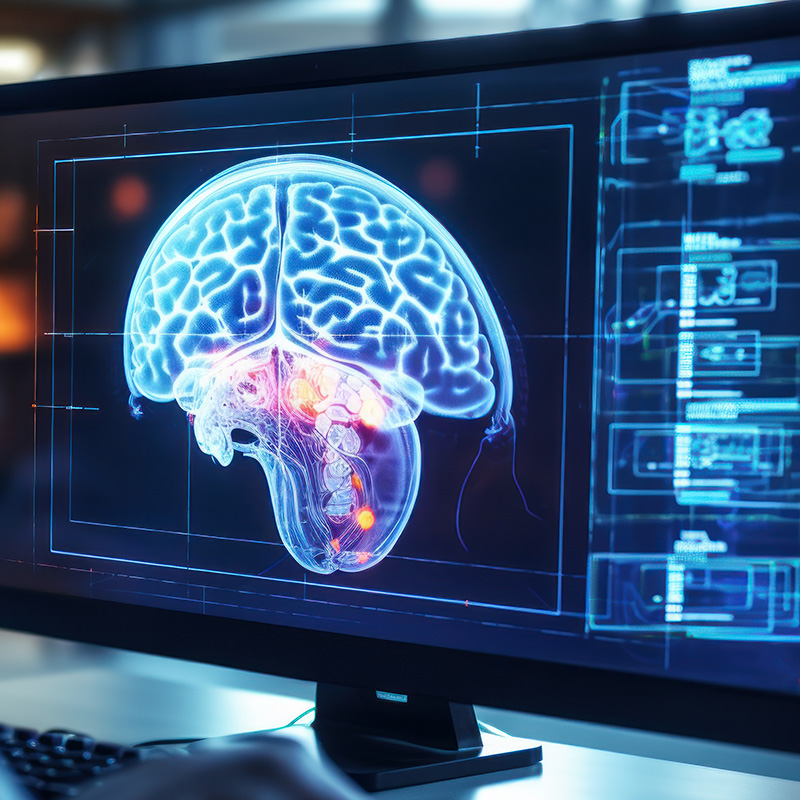Holger Mueller doesn’t like to leave questions unasked. Should we have subscriptions for athletic shoes? What about rentals for kitchen ranges?
And what do these questions have to do with his day job at Constellation Research, where he’s an analyst specializing in enterprise-level technology acceleration?
Quite a bit, it turns out. Constellation serves people hungry for insights on where technology’s going — not just this year but over the next decade. Mueller and his fellow analysts draw on their deep experience with hardware, software and networks to help leaders make better technology decisions.
In a wide-ranging interview with The Forecast by Nutanix, Mueller talked about the complications facing companies that will have little choice but to become software developers in the cloud-centered future of infinite computing.
His story opens in the mainframe-centered computing environments of the pre-internet era. Decades with some of the biggest names in technology prepared him to become an astute observer of the subscription economy of the 2020s.
Technology Power Shifts to the People
The polarity of computing has reversed since Mueller got his first software-coding job in the late 1980s. A native of southwest Germany, he grew up in Milan, Italy, and started programming calculators as a kid. After college, he moved into software development (he speaks six languages and studied Latin).
When he started out, software developers adapted to the limits of mainframe hardware. There was never enough storage, processing power or network bandwidth.
Those restraints are fading fast. Almost everybody has a smartphone with reliable internet connectivity. The cloud eliminates limitations on computing and storage. Applications virtualize system architecture. APIs keep apps talking to each other.
“So now, hopefully, software makes the hardware follow the people and makes everything more human,” Mueller said.
That’s the ideal. The reality is more nuanced. Abstracting hardware into software eliminates mundane IT chores and creates boundless scale for growing enterprises. Artificial intelligence and machine learning (AI/ML) take automation into new realms.
And vast swaths of the technology vendor landscape that disrupted the marketplace decades ago are getting disrupted now.
The Suites Lose Their Sweet Spot
Before becoming an analyst, Mueller rose to leadership roles with enterprise software vendors such as SAP, the European titan of business process automation, and Oracle, the Silicon Valley-based pioneer of enterprise database technology.
These companies thrived because large enterprises needed a software package that could centralize and standardize the automation of everyday business practices.
“This was highly proprietary,” Mueller recalled.
He said each vendor did things their way; switching vendors was a daunting challenge.
“It would be like going to a different country and learning a new language.”
Software suites used to rule the world because they provided end-to-end automation. Today, software development is all about using open standards and API-driven architectures to customize, encourage data sharing and break down silos. Workloads are moving to clouds, and IT teams are building multicloud ecosystems.
And the vendors that built those mammoth suites are stuck — unsure how to build the next generation of software, Mueller said, “because they don't know how their users will use the cloud.”
Why Multi-cloud is the New Mainframe
Mueller recalls how software buyers negotiated to get better deals with mainframe vendors in the early 1990s. The vendors might not budge on hardware price, but they’d be glad to provide a year’s worth of free software-programming services.
“You had to build your own software,” Mueller said, because that was the only way to tap the full value of a mainframe: Standardized software wasn’t widely available.
Things changed in the ensuing decades as client-server architectures became pervasive. Software vendors designed suites that delivered standardization on the client-server model.
Still, suites were built around the likelihood of limited resources. Today, we have infinite storage and compute plus near-ubiquitous internet access. Cloud-based software-as-service solutions are becoming ever more mainstream.
“Everybody becomes a software company,” Mueller said. And the cloud is a major driver of this shift.
This makes multicloud, in effect, the new mainframe. Companies must develop their own technology solutions with an array of cloud tools and services, just as they had to program the mainframes of years past.
Mueller laments there’s just one major wrinkle to iron out: There’s no consensus on the best practices for companies developing software in the new hybrid multicloud world.
Coping with Infinite Choice and Rapid Change
The lack of best practices is especially confounding to today’s IT leaders, who have never seen so many options. SaaS platforms, low/no-code apps, open-source databases, voice interfaces and language translation algorithms. The list of tools gets bigger every day.
Mueller notes that while CIOs and their staff may be grateful for labor-saving automation and cloud providers taking over the operations of data centers, their lives are not necessarily getting simpler. Their competitors can use the same technologies to build better customer experiences and gain more market share.
This means changes that used to happen in two years now happen in three to six months. Companies can no longer afford to play wait-and-see when disruptive competitors become software developers, converging multiple software tools to shake up an industry in short order.
“So, everything is moving much faster,” Mueller observed. “And if you miss building your own software, you're probably not in business in five years.”
Enterprise software vendors traditionally built standardized platforms that worked across multiple businesses and industries. Today, however, agile businesses are picking and choosing to develop highly specialized solutions and build intricate multicloud ecosystems.
This has business leaders and their IT teams sailing in uncharted waters.
“There's no university course on how to run the 21st-century enterprise yet,” Mueller said.
Subscribing to an Intelligent Future
Technology execs don’t wine-and-dine with hardware vendor reps anymore, Mueller notes. They watch online demos and subscribe to services.
“The subscription economy is a profound change to the IT business,” Müller said.
While his notion of subscribing to athletic shoes or kitchen appliances might seem far-fetched, there’s no doubt that subscription-based cloud services are reshaping technology, enabling SaaS-based businesses and mega-scale computing environments.
Indeed, the infinite computing, storage and networking possible in the cloud pave the way for advanced AI/ML applications that will eventually reshape customer experiences, Mueller suggests.
“The problem is enterprise business users don't know yet how to use machine learning or AI,” Mueller said.
But he expects AI/ML to become more compelling as applications get smart enough to truly help people in their everyday lives.
“I predict in the second half of the 2020s, we’ll have infinite deep learning,” he said.
How would that work? Essentially, infinite deep learning might generate a software assistant that’s always looking over our shoulders and, hopefully, delighting us with reasonable, helpful automation (without going all Big Brother on us).
“We need enterprise acceleration,” Mueller said.
Learning algorithms will be the key to making that happen — providing extra speed, replacing repetitive tasks and freeing people to be more creative.
There’s a lot riding on figuring this out, Mueller concludes. For instance, he doesn’t expect quantum computing to shake things up anytime soon. That leaves intelligent automation as the likely choice.
“If AI doesn't come to our rescue,” he said, “I don't know what will save us.”
Learn more about how Nutanix software helps companies modernize IT to create a hybrid multicloud system that allows applications and data to run almost anywhere.
Tom Mangan is a contributing writer. He is a veteran B2B technology writer and editor, specializing in cloud computing and digital transformation. Contact him on his website or LinkedIn.
© 2022 Nutanix, Inc. All rights reserved. For additional legal information, please go here.
















